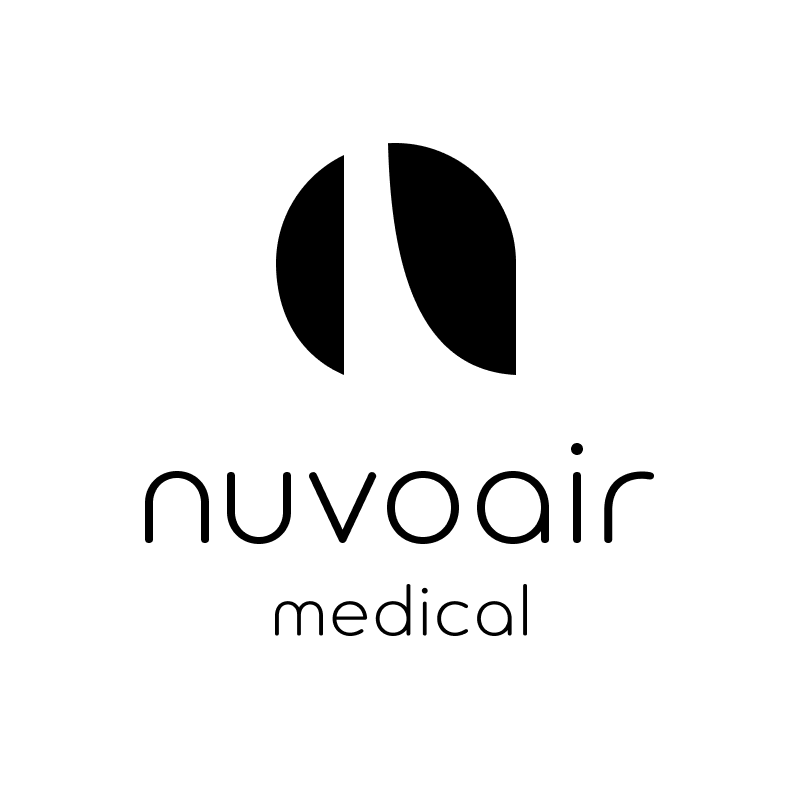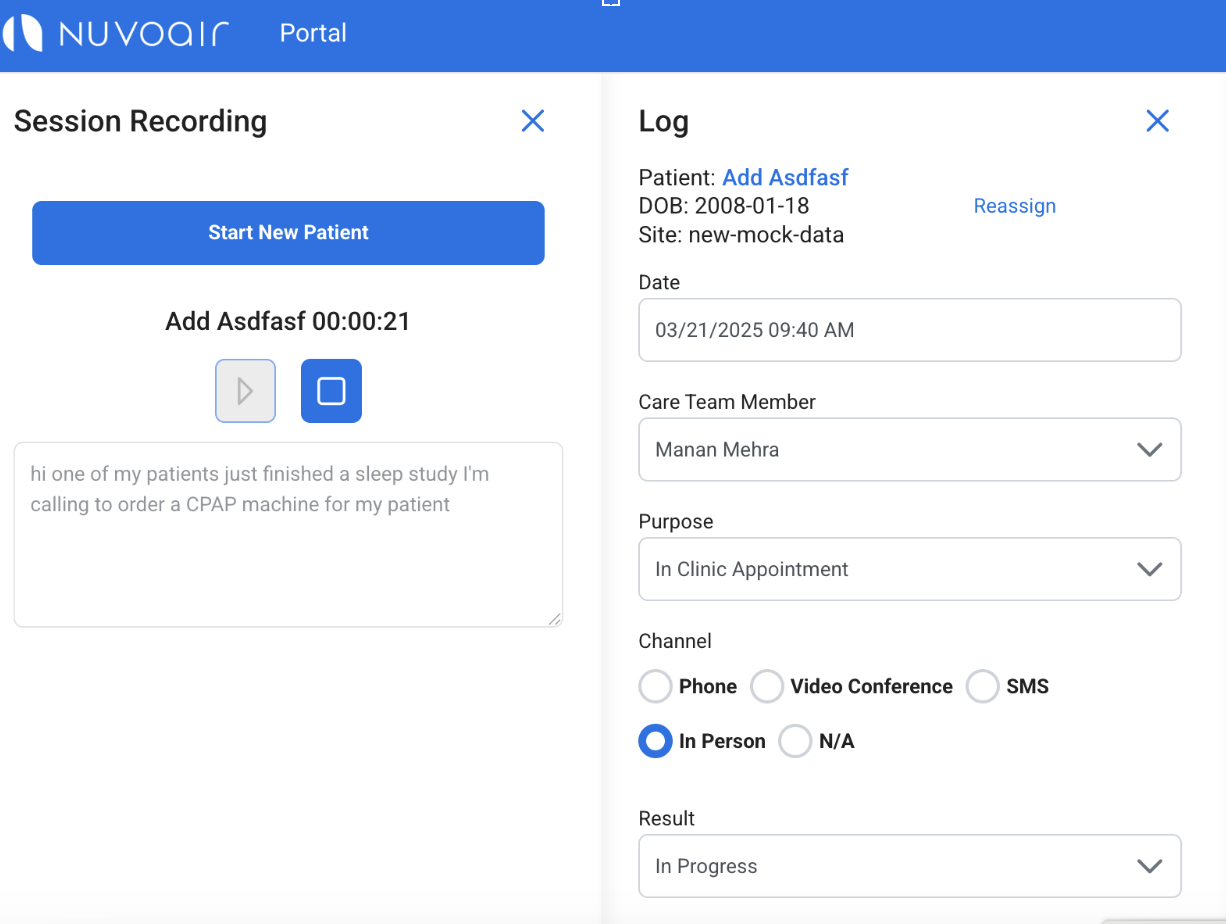Changing Healthcare Workflows with AI: How We Automated Voicemail Triage at NuvoAir
A few weeks ago, our CEO, Lorenzo Consoli, wrote a blog post: AI in Healthcare: The Silent Revolution Reshaping NuvoAir, arguing how AI is no longer optional but essential, especially in healthcare, where administrative burdens consume 70% of operational time, leaving only 30% for actual patient care. While investors focus on AI startups, they overlook tech-enabled healthcare services, which stand to gain the most from AI-driven efficiencies. At NuvoAir, AI is streamlining workflows, reducing administrative work, improving gross margins, and enhancing patient care without replacing human touch. By embedding AI natively into clinical operations and leveraging proprietary data, we are positioning ourselves to scale care, improve outcomes, and achieve software-like margins in a massive market opportunity.
In this short article, I illustrate a concrete example of how we are transforming our clinical operations from the ground up. The best approach is to start with simple, fully automatable tasks—those that are tedious and repetitive for our clinical team, such as checking voicemails. We receive over 50 voicemails per day, and when our team is occupied with other responsibilities, these messages quickly pile up. As a result, processing them requires several hours of work, and urgent messages often get buried beneath less critical ones. But how do we determine which messages are most important? How can we prioritize them effectively?
At Nuvoair, we encountered this exact challenge. Our clinicians were spending significant time manually listening to voicemails, trying to determine which required urgent action. This process was not only time-consuming but also prone to delays—especially when high-priority calls got lost in a sea of routine messages.
We asked ourselves: What if an AI agent could automate this process, ensuring that the most critical messages surfaced immediately?
The Solution: An AI Agent Embedded Deeply in Workflow
Instead of implementing a complex AI system, we built a simple yet deeply embedded AI agent that provides immense value. Here’s how it works:
- Every 15 minutes, the AI agent wakes up.
- It retrieves new voicemail recordings from the system.
- Fetches transcription from audio.
- It analyzes the transcription to extract structured data, including:
- Subject – What the call is about.
- Summary – A brief, digestible recap.
- Sentiment – Categorized as Neutral, Urgent, or Concerned.
The Impact: Prioritization That Saves Time & Improves Care
This structured data is then integrated into our internal workflows, allowing clinicians to sort voicemails based on sentiment or subject. Instead of spending hours listening to messages, they can now instantly identify urgent ones and respond immediately.
For example:
- A voicemail buried at position #100 in the queue might contain an urgent request for a medication refill/Oxygen.
- Previously, this could have taken hours to be heard and actioned.
- Now, our AI system flags it as Urgent, pushing it to the top of the queue for immediate response.
This doesn’t just optimize efficiency—it improves patient care by ensuring that critical needs are met without unnecessary delays.
Beyond Voicemails: The Power of AI Agents in Workflows
The impact of embedding AI Agents into workflows goes beyond voicemail triage. By structuring and analyzing communication, we unlock valuable insights that enhance operational efficiency, improve response times, and ultimately elevate the standard of care for patients.
At Nuvoair, this is just the beginning. We believe that AI doesn’t have to be overly complex to drive meaningful change. By integrating simple yet powerful AI agents into the healthcare workflow, we are transforming the way clinicians work—one automation at a time.






